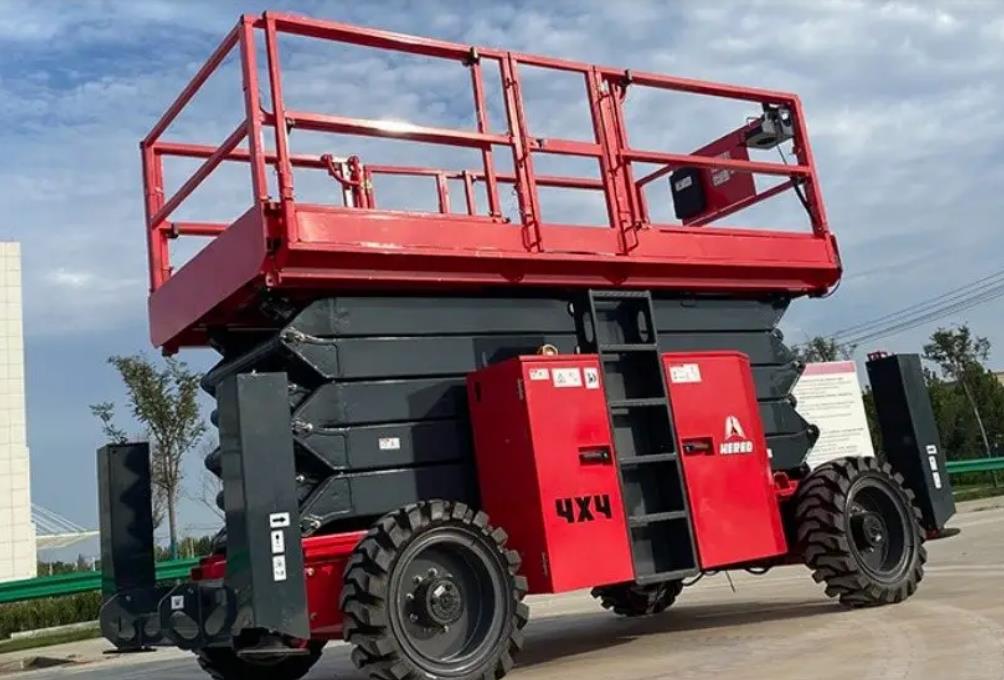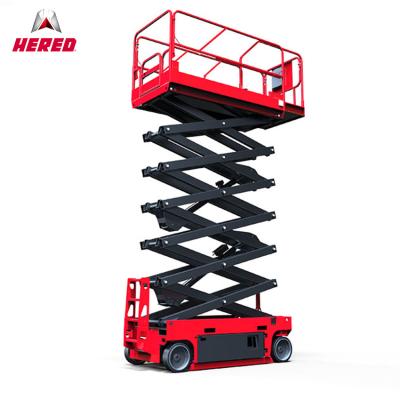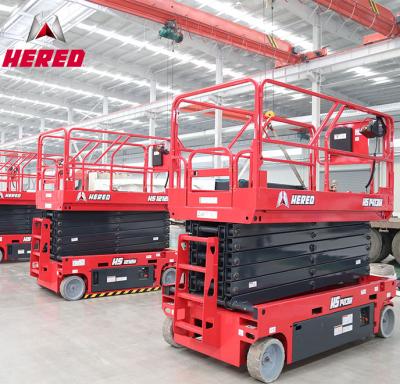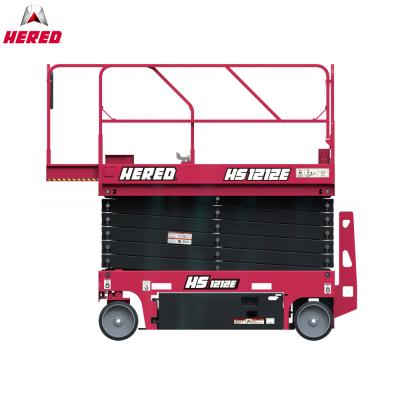Code of operation for scissor lifts
1. Only trained and qualified personnel should operate the lift.
2. The operator on the lift must wear a seat belt.
3. Before the lift starts to be put into operation, it is necessary to level the chassis with outriggers and pad the feet firmly.
4. The operator must concentrate and operate in accordance with the operation sequence specified in the instruction manual.
5. In the process of lifting and lowering, the platform should be stable and flexible, and there should be no sudden jump or jamming phenomenon, if the above phenomenon occurs, it should be stopped and checked immediately, and try to eliminate before working.
6. If any of the following situations occur in the hydraulic system, it should be stopped immediately for inspection and measures should be taken to eliminate:
a) abnormal noise;
b) rapid rise in oil temperature;
c) Abnormal cylinder pressure and return pressure;
d) Oil leakage in the oil circuit;
e) When the "Up" or "Lower" button is pressed, or the table does not operate after pushing the "Up" or "Lower" manual valve.
7. After pressing the action of the "rise" or "fall" button, if the workbench does not move, in addition to checking the hydraulic system, it should also check whether the lifting mechanism is stuck and whether the electrical part is broken and overloaded.
8. There should be a safe headroom above the workbench
9. Before the power is turned on or the power supply is disconnected during the lifting and lowering of the workbench, the operator must pay attention to make all controllers in the zero position.
10. When the operator is working at height, the operator shall not operate the lift at will.
11. During the lifting and lowering process of the workbench, any part of the body of the passenger on the workbench shall not exceed the boundaries of the workbench.
12. When the operator leaves the lift, the lifting power source must be cut off.





